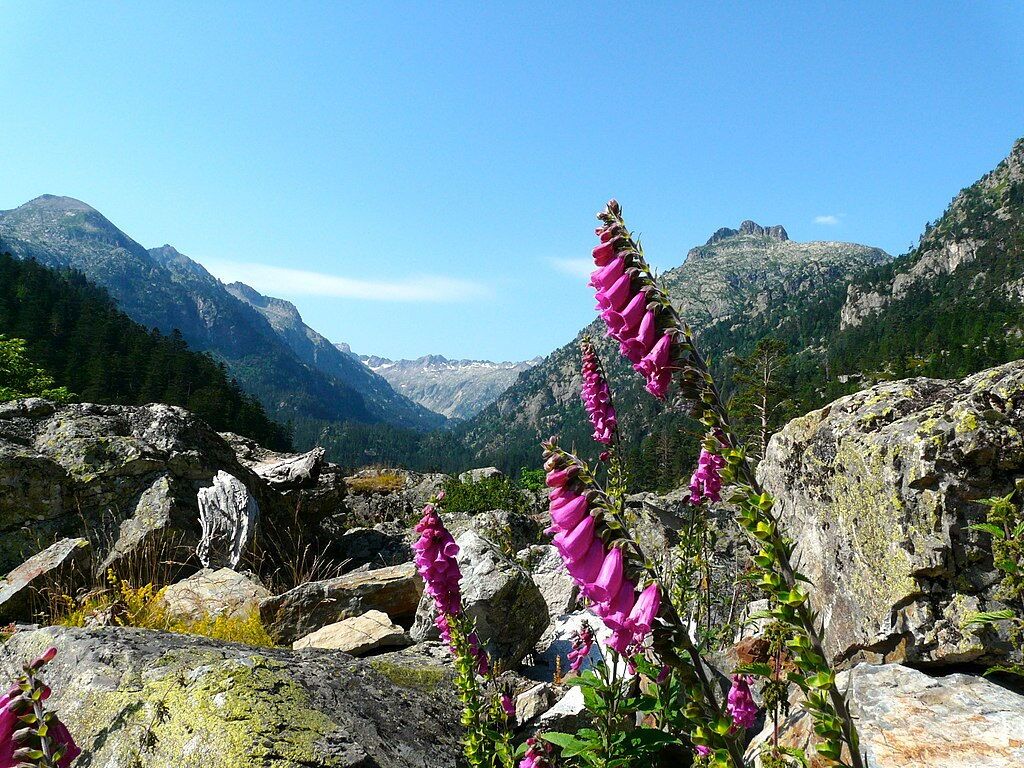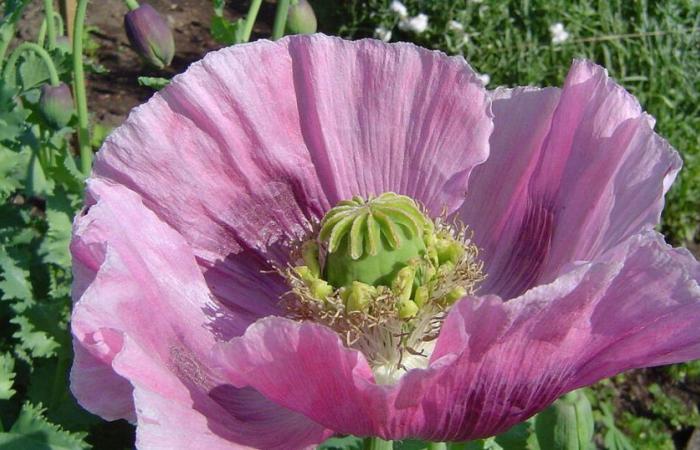Half of our medicines use an active ingredient from plants. Panorama of the most famous.
For thousands of years, medicinal plants have played a central role in improving our health, constituting the basis of many treatments. Today, despite the rise of modern medicine, plants continue to provide compounds essential for the manufacture of many drugs. Ancient civilizations documented the use of plants to treat various illnesses. Ancient texts like Papyrus Ebers and the Shennong Bencao Jing list hundreds of plants and their medicinal uses. These ancient traditions laid the foundations for modern herbal medicine. medicinal plants remain an invaluable source of therapeutic compounds, contributing significantly to public health. Their role in the creation of modern medicines is a testament to the richness and complexity of nature.
Sleeping poppy: sedative psychotropic properties
Papaver somniferum. The sedative effects of its latex, highly concentrated in opium, have been known since Antiquity. It was only in 1805 that a German pharmacist isolated the active ingredient, an analgesic, which he named morphine, in reference to Morpheus, god of Dreams. Other molecules are extracted from it, such as codeine, an analgesic and antitussive.
Madagascar periwinkle: molecules used in the chemotherapeutic treatment of many cancers
Catharanthus roseus. It contains vinblastine and vincristine, antitumoraleseffective in treating leukemia and Hodgkin’s diseaseSynthetic molecules are used against lung, breast and bladder cancers.
Foxglove: digitalis, used as a cardiac tonic
Digitalis purpurea. Ingestion of this plant is highly toxicit strengthens the contraction of the heart and slows down its rhythm. In the 19th century, several pharmacists were passionate about it. It was Claude-Adolphe Nativelle who managed in 1872 to isolate the active substance, digitalin, which proved to be an excellent cardiotonic.

Autumn crocus: colchicine, a good remedy against gout
Colchicum autumnal. In the 2nd century, the physician Galen already used it to treat gout attacks. Today, the colchicine extracted from it is useful in acute arthritic attacks and in case of Muscular joint rheumatism.
Bishop’s grass
Its active ingredient, khelline, gave birth to l’amiodaroneagainst heart disease.
Annual mugwort
Artemisinin extracted from its leaves can treat serious forms of malaria.
Coca
Its leaves contain lidocainelocal anesthetic.
Chinese ephedra
This shrub has given ephedrine used against hypotension during anesthesia.
Quinquina
Its bark contains quinineantimalarial.
The African plum tree
A bark extract gave the warningused in the treatment of the prostate.
The white willow
Aspirin is extracted from its bark.
You may also be interested in:
⋙ Plants against insomnia
⋙ Mandrake, a magical plant with anesthetic, aphrodisiac and hallucinogenic properties
⋙ Black elderberry, willow, cinchona bark…plants with proven therapeutic properties








